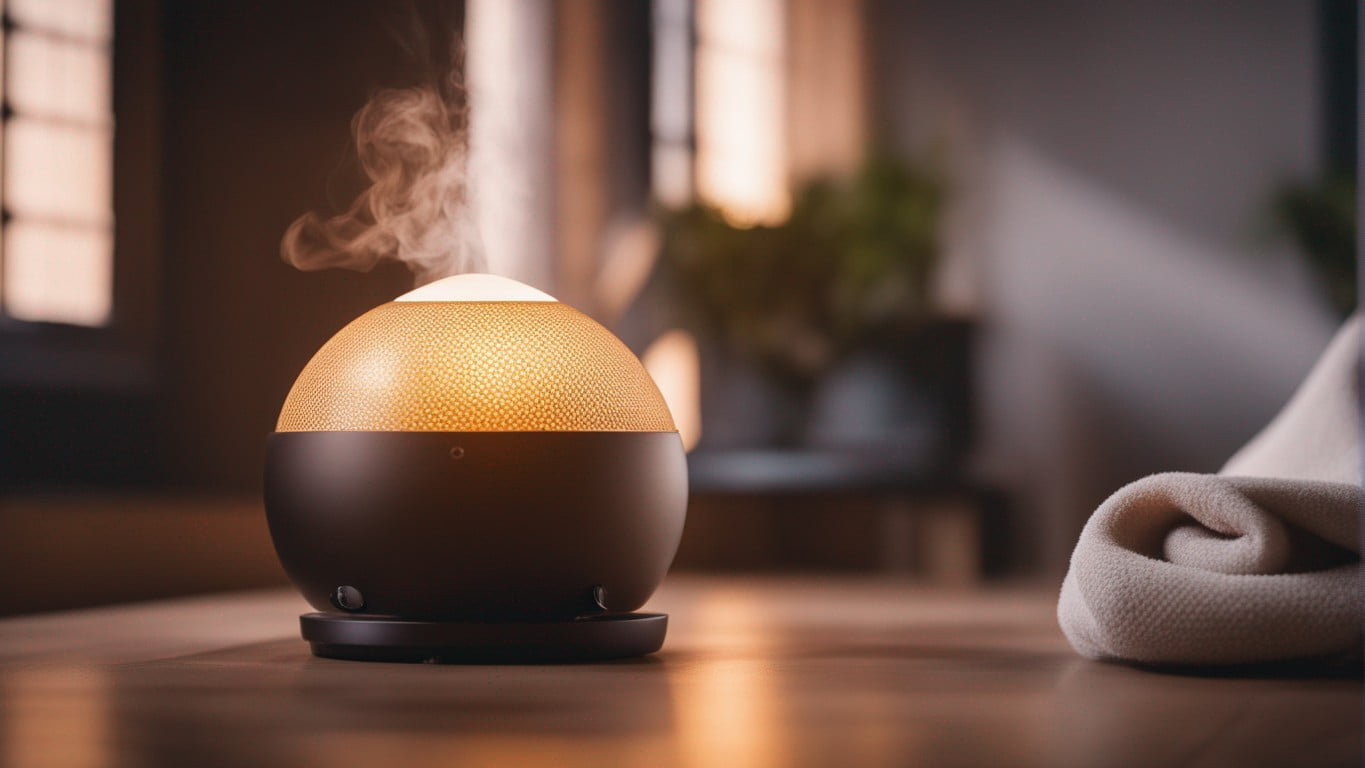
Tapping Yoga into the Power of Scents for Grounding, Relaxation, and Mind-Body Connection
Yoga is a practice that not only engages the body but also heightens the senses. One way to enhance this experience is through the use of aromatherapy oils. For years, yoga teachers have been utilizing essential oils to create a sense of grounding, relaxation, and release in their classes. By breathing in these scents, we stimulate the limbic system, which influences our emotions, behaviors, and long-term memory.
Incorporating aromatherapy oils into your yoga practice can be a simple and effective way to enhance the mind-body connection. Here are some steps to consider:
1. Set an Intention
Before starting your practice, take a moment to reflect on what you need and want from it. Do you desire deep relaxation, slow movements, and meditation, or do you crave an energetic Vinyasa flow for motivation? Setting an intention will help guide you in choosing the right aroma.
2. Choose Your Aroma
There are various essential oils to choose from, each with its own unique benefits. Here are four common fragrances:
- Lavender oil: Known for its relaxing qualities, lavender promotes a state of calm, balance, and relief to the central nervous system.
- Tea tree oil: This oil aids in detoxification and rejuvenation, offering a refreshing and invigorating scent.
- Eucalyptus oil: Often found in cough and cold medications, eucalyptus oil relieves congestion and soothes muscles. It promotes deeper breathing and reduces stress.
- Lemon oil: Used to combat exhaustion and provide an energy boost, lemon oil can make you feel happier and refreshed.
3. Prepare for Your Practice
Decide where you want to practice, whether it’s at home on your mat with a virtual class or in a local studio where you can interact with other students. Listen to your needs and desires to create the ideal environment for your practice.
4. Using Oils Safely
There are different ways to incorporate aromatherapy oils into your practice. You can spritz your mat before starting, apply a small amount to your wrists for aromatic flow, or use a diffuser in the background. Always dilute essential oils with a carrier oil or water to ensure safe usage. If you have specific health conditions or suspect you might be pregnant, it’s best to seek advice and avoid certain oils as a precautionary measure.
The Power of Aromatherapy in Enhancing Mindfulness
Aromatherapy in yoga is not merely about scent; it’s a powerful tool that enhances our mindfulness and heightens the mind-body connection. By engaging the olfactory system, we activate the limbic system, which plays a significant role in our emotions, memories, and overall well-being. This connection between scent and memory is why certain smells can evoke strong emotions and forgotten memories.
Creating a yoga practice that incorporates aromatherapy allows us to tap into these profound connections within ourselves. By choosing scents that align with our intentions and needs, we can amplify the desired experience of relaxation, energy, or clarity. The combination of movement, breath, and scent creates a multi-dimensional experience that transcends the physicality of yoga, allowing us to dive deeper into the realms of our consciousness.
The Wonders of Aromatherapy and Well-being
Beyond the realm of yoga, aromatherapy has been widely utilized for its numerous health benefits and contributions to overall well-being. The scents emitted by essential oils have the power to influence our mood, reduce stress, alleviate pain, improve sleep quality, and enhance cognitive function.
In the context of fitness, health, and longevity, incorporating aromatherapy into daily practices or routines can provide a holistic approach to wellness. Whether it’s diffusing an uplifting scent during a workout or using calming oils before bed, aromatherapy offers an additional layer of support for our physical and mental well-being.
Key Points:
- Aromatherapy oils can be used in yoga to create a sense of grounding, relaxation, and release.
- When we inhale essential oils, they stimulate the limbic system, which influences our emotions, behaviors, and memories.
- Steps to include aromatherapy oils in your yoga practice: set an intention, choose your aroma, prepare for your practice, and use oils safely.
- Aromatherapy enhances mindfulness and deepens the mind-body connection.
- Aromatherapy has various health benefits, including mood enhancement, stress reduction, pain relief, improved sleep, and cognitive function enhancement.
Source Article: https://www.ommagazine.com/using-aromatherapy-in-your-yoga-practice/



